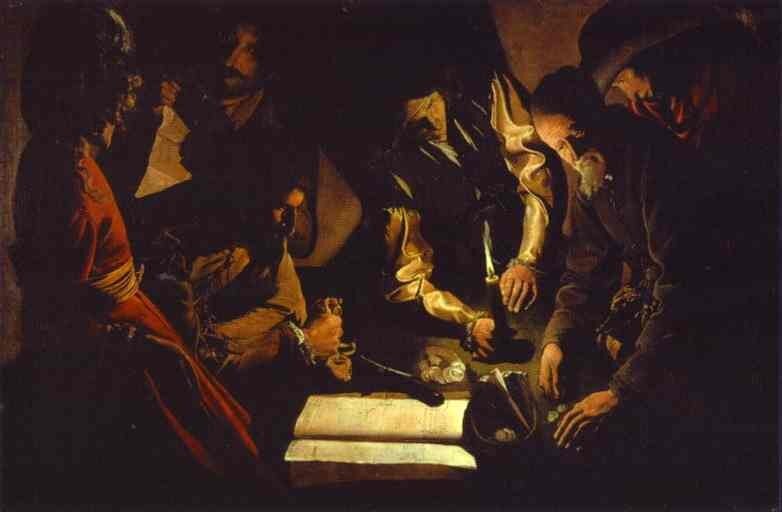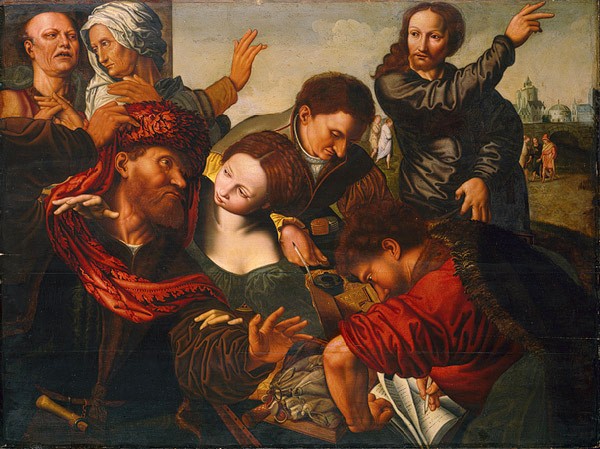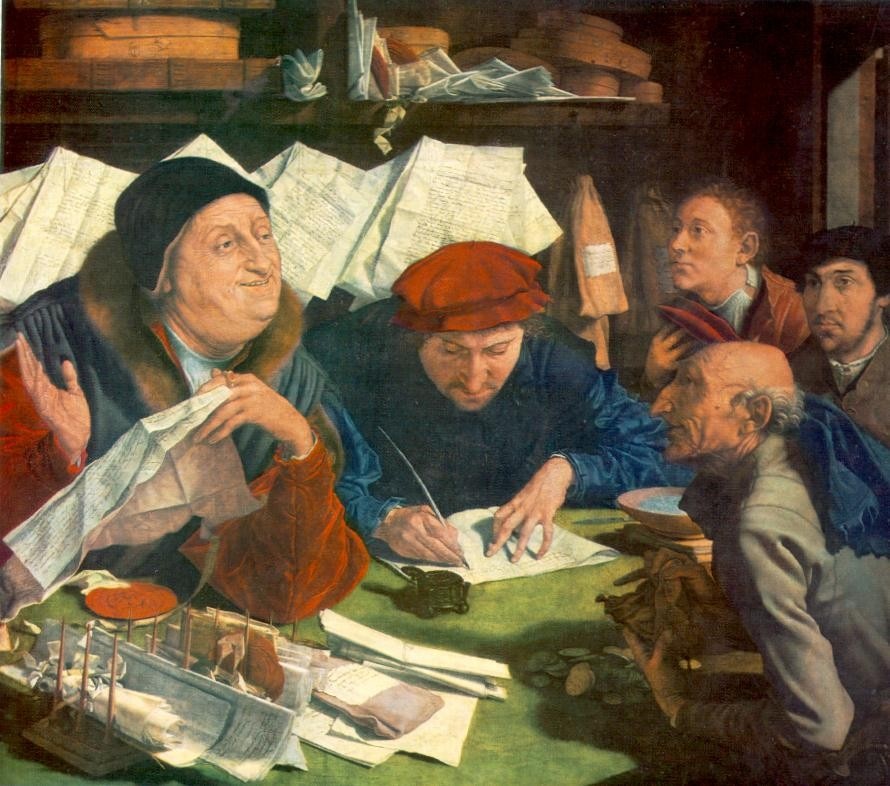The iron curtain of tariffs pulses with ambition and disillusionment, with promises made and bitter truths revealed. In the earliest exchanges—elementary trade between neighboring tribes—the tax collector emerged, a stern sentinel charged with collecting tribute, placing a modest brake on the natural flow of goods.
As the state gained form and the feverish need to fill its coffers grew, tariffs became more structured, more pervasive. In the walled cities of the Middle Ages, every gate turned into a demanding funnel, slowing the passage of precious goods, as though wealth itself might be held captive within the walls. It was a world of physical and fiscal barriers, an intricate web that choked the free movement of trade.
The age of great maritime explorations, with holds filled with exotic treasures, saw mercantilism elevate the tariff to dogma. The trade balance became an accounting fetish that had to tip, relentlessly, in favor of the motherland. Gold—the sacred metal—was the measure of all prosperity, and tariffs served as its careful guardians. Artificial dams were built to hold back the tide of imports, in a futile attempt to channel all riches inward.

The 19th century, enlightened by reason and industrial fervor, brought with it the liberating promise of free trade. Adam Smith unveiled the illusion of protectionism, revealing how tariff chains harnessed productivity and stifled growth. England enthusiastically embraced this new faith, opening its ports and preaching the benefits of a borderless market. It seemed the sun of free trade was about to dispel the mists of protectionism forever.
History comes to the present day with more surprises in store. The 47th President of the United States, Donald Trump, reimagined tariffs as a bulwark against unfair competition, a defensive shelter for national identity, a tool to break the will of other nations. The truth, perhaps, lies in that grey zone where intent clashes with outcome, where short-term benefits run up against long-term costs.

Georges de La Tour’s painting The Payment of Taxes comes to us with the austere eloquence of a deep moral conscience. Housed in Lviv, Ukraine, and painted between 1625 and 1627, the work confronts us with the stark clarity of an accomplished fact. A dense night, riven by an inner flame that becomes the reason and measure of all visibility. Figures emerge from the darkness, caught in the primal act of monetary exchange. The composition, ascetic in its necessity, unfolds with rigorous economy. Shadow becomes the matrix forms are distilled from, sculpted by a sharp chiaroscuro that defines volumes with near-sculptural force—gestures stripped to the bone, monumental in their hieratic simplicity. The tax collector stands erect, his posture suggesting authority—perhaps more perceived than real. Opposite him, a man hunched over the act of counting or offering coins, the material gravity of the money pulling the scene into its orbit. A sordid usurer or an avaricious tax official?
Ambiguity remains. In this painting, La Tour distills a deeply lived experience into a taut narrative, quietly vibrating beneath the surface. The candle—a narrative and ontological device—casts an unexpected sphere of light, giving sculptural form to faces and hands, tools and symbols of the act itself, elevating them to absolute protagonists of the silent drama. The echo of Caravaggio runs deep—not just in the syntactic construction of the composition, but also in the character conception: figures wrested from generality through sharp realism, an intense yet restrained expressiveness, foreign to any easy declamation. Detail withdraws to focus the eye on interaction, on the charged core of exchange: money, the opaque fetish of an elemental and complex human relationship. No explicit judgment is rendered. The canvas offers itself as a record of a moment—an economic transaction stripped of frills—leaving to the viewer the tack of deciphering power dynamics and latent emotion beneath its severe surface.

Jan van Hemessen’s The Calling of Saint Matthew stands as a refined exemplum of the penetration of Italian visual language into the cultural fabric of the Flemish world. “As Jesus went on from there, He saw a man named Matthew sitting in the tax collector’s booth; and He said to him ‘Follow me,’ and Matthew got up and followed Him.”
Here, the Gospel episode is elevated beyond mere narration through formal richness. Observe the composition first: a masterful balance of mass and line that guides the eye with calculated ease. The figures, though rooted in earthly presence, gain an almost sculptural dignity, shaped by a chiaroscuro that is not dramatic, but delicately modulated, gently accentuating volume with velvety softness. Christ’s gesture, assertive yet tempered, reveals an elegant sprezzatura—a pointing that commands not through imposition but through noble suggestion. His figure, though emerging from the crowd, does not dominate it with force, but becomes a luminous and meaningful fulcrum, around which the others gravitate in poised deference. Matthew, interrupted in his counting, does not react with shock but wears an introspective question—an internal interrogation—etched into his expression with a shade of melancholic reflection. His hand, suspended between the money and the call, becomes the pivot of subtle psychological tension, conveyed through measured, restrained gesture.
The gleaming coins, carefully bound ledgers, and meticulously folded garments all define a setting of industrious comfort, which the divine calling pierces and transfigures. In this painting, van Hemessen demonstrates a sophisticated awareness of contemporary artistic trends, reinterpreting a sacred theme through a language attuned to the compositional harmony and nobility of High Renaissance art—while retaining the meticulous attention to detail emblematic of his Northern training. It is a cultured dialogue between two worlds, resolved in a synthesis of rare formal elegance.
Tariffs? From archaic tributes to sophisticated geopolitical instruments.
Opening image: Marinus van Reymerswaele, The Tax Collector, 1542, Netherlands. Alte Pinakothek, Munich, Germany. Courtesy WikiArt.


